
MAMALLAPURAM is a little town of Kanchipuram district in the state of Tamil Nadu, about 60 km south of Chennai city. It ‘also known by other names: Mamallapattana and Mahabalipuram. According to local guides, the site name has changed over the centuries. The first name was Kaţalmalai which means “The land between the mountains and the sea” in Tamil.
The name Mamallapuram means instead “The land of the great fighter”, by the Pallava kings Narsimhavarman who was known for his strength. The third name is Mahabalipuram which means “Land of Mahabali”, according to legend, grandson of the devout Prahlada. Another name given by sailors to the times of Marco Polo was “Seven Pagodas”, alluding to the seven temples that stood on the shore, one of which, the Shore Temple, still survives. MAMALLAPURAM è un villaggio del distretto di KANCHIPURAM, nello stato del Tamil Nadu a circa 60 km a sud della città di Chennai. E ‘ conosciuto anche con altri nomi: Mamallapattana e Mahabalipuram. Secondo le guide locali, il nome del sito è cambiato nel corso dei secoli. Il primo nome era Kaţalmalai che significa “La terra tra la montagna e il mare” in lingua tamil. Il nome Mamallapuram significa invece “La terra del grande lottatore”, dal re Pallava Narsimhavarman che era noto per la sua forza. Il terzo nome è Mahabalipuram che significa “La terra di Mahabali”, secondo le leggende, nipote del devoto Prahlada. Un altro nome datogli dai naviganti ai tempi di Marco Polo fu “Sette Pagode”, alludendo ai 7 templi che si trovavano sulla riva, di cui uno, il Tempio Shore, sopravvive ancora.
Bustling seaport already during the time of the Periplus of Strabo (1st century AD) and Ptolemy (140 AD), the greater splendor of the sea port came under the rule of Pallava dynasty that ruled this territory since the 3rd century AD , using it for commercial and diplomatic exchanges with Sri Lanka and Southeast Asia. A description of the time mentions that “the ships at anchor were bent to the breaking point of the load, they were so full of riches, elephants and big piles of gems of nine varieties.” Following Mamabalipuram was dominated by the Chola, Vijayanagar and in 1827 it passed to the British Empire. Vivace porto di mare già durante il tempo del Periplo di Strabone (1° secolo d.C.) e di Tolomeo (140 d.C.), lo splendore maggiore del porto marittimo si ebbe sotto il dominio della dinastia Pallava che governò questo territorio fin dal 3° secolo dc, utilizzandolo per gli scambi commerciali e diplomatici con Sri Lanka e il Sud-Est asiatico. Una descrizione del tempo cita che ” le navi alla fonda erano piegate al punto di rottura del carico, tanto erano colme di ricchezze, grandi elefanti e cumuli di gemme di nove varietà”. In seguito Mamabalipuram fu dominata dai Chola, dai Vijayanagar e nel 1827 passò all’impero britannico.
Mahabalipuram retains a group of sanctuaries, which were carved from Pallavas into the rock along the Coromandel coast in the VII – VIII century: Rathas (temples in the form of chariots), Mandapas (cave sanctuaries), giant open-air Rock Reliefs and Structural Temples. A wonderful group of monuments, world heritage site, protected by UNESCO. Mahabalipuram conserva un gruppo di santuari, che sono stati scavati nella roccia lungo la costa di Coromandel nel VII – VIII secolo: Rathas (templi in forma di carri), Mandapas (santuari rupestri), giganteschi Rilievi Rupestri all’aperto e Templi Strutturali. Un meraviglioso gruppo di monumenti, patrimonio dell’umanità, protetti dall’UNESCO.
The temples are depictions of events described in the Mahabharata and were built largely during the reigns of Narasimhavarman and his successor Rajasimhavarman. All cave temples, except one, are made on models of viharas and Buddhist chaitya. The art historian Percy Brown traces the possible roots Pallava rock architecture to caves carved in Ajanta and Ellora. Referring to the victory of Narasimhavarman 642 AD, she argues that the king pallava may have led to Kanchi sculptors and craftsmen in Mahabalipuram as war booty. The fact that the various shrines have been dedicated to different deities shows an increase of religious sects at the time of the temple construction. I templi presentano raffigurazioni di eventi descritti nel Mahabharata e sono stati costruiti in gran parte durante i regni di Narasimhavarman e del suo successore Rajasimhavarman. Tutti i templi rupestri, tranne uno, sono realizzati sui modelli dei viharas e chaitya buddisti. La storica dell’arte Percy Brown fa risalire le possibili radici dell’architettura rupestre Pallava alle grotte scavate nelle rocce di Ajanta ed Ellora. Riferendosi alla vittoria di Narasimhavarman del 642 dc, ella sostiene che il re pallava può aver portato scultori e artigiani a Kanchi e a Mahabalipuram come bottino di guerra. Il fatto che i diversi santuari siano stati dedicati a diverse divinità evidenzia un aumento delle sette religiose al momento della costruzione dei templi.
Excellent Pallava art sculptures, some unfinished, are believed to have served as a school of different architectural styles and taught by masters to young sculptors. In fact excavations at Mahabalipuram must have taken years of work and hundreds of highly skilled sculptors and stonemasons, who now still continue to pass-on the tradition of this beautiful art. Le eccellenti sculture dell’arte Pallava, alcune non finite, si ritiene siano servite come scuola di diversi stili di architettura e insegnati da maestri a giovani scultori. Infatti gli scavi a Mahabalipuram devono aver richiesto anni di lavoro e centinaia di scultori e scalpellini altamente qualificati, che continuano tuttora a tramandare la tradizione di questa splendida arte.
The ADIVARAHA PARAMESVARA, MAHAVARAHA VISHNU CAVE TEMPLE, n. 7 in the map, is assigned to the most advanced phase of Pallava cave temples, at the end of the 7th century. The temple is still open for worship, but the entrance is only open during the pooja or its opening is required to Brahmi the main Vishnu Temple in the city. Il ADIVARAHA PARAMESVARA, MAHAVARAHA VISHNU CAVE TEMPLE , n. 7 nella mappa, viene assegnato alla fase più evoluta dei templi rupestri Pallava, alla fine del 7° secolo. Il tempio è tuttora aperto al culto, ma l’ingresso è aperto solo durante la pooja o la sua apertura va richiesta ai Brahmi del main Vishnu Temple in città.
Although the temple has been modified with external structures in the sixteenth century under the Vijayanagara rule, it is one of the best preserved and most complete architecture rock of Mamallapuram.
Nonostante il tempio sia stato modificato con strutture esterne nel corso del XVI secolo sotto la dominazione Vijayanagara, esso è uno dei meglio conservati e più completi dell’architettura rupestre di Mamallapuram.
Unfortunately a closed mandapa, built at the entrance, prevents us from enjoying the view of the facade.
Purtroppo una mandapa chiusa, costruita davanti all’ingresso, impedisce a noi di godere la vista della facciata.
The original building is a rock temple on a rectangular plan. The ancient facade consisted of five empty bays divided by four pillars in Pallava style with lions at the base and octagonal column.
L’edificio originale è un tempio rupestre a pianta rettangolare. L’antica facciata consisteva in cinque campate vuote divise da quattro colonne in stile Pallava con leoni alla base e fusti ottagonali.
The entrance to the mandapa, originally opened, it was closed, and now you enter from a door which lintel has been painted recently. L’ingresso alla mandapa, originariamente aperto, è stato chiuso ed ora si entra da una porta il cui architrave è stato dipinto in tempi recenti.
Lions Pallava bases, however, are still visible. Front ones of the pillars … Sono però ancora visibili i leoni stilofori Pallava delle basi. Frontali quelli dei pilastri centrali …
While the lions of the columns placed against the side walls are carved in profile. Mentre i leoni delle colonne addossate alle pareti laterali sono scolpiti di profilo.
They see well the capitals of columns and Taranga brackets that support the beams fake. In fact, the entire structure is carved in the same enormous rocky block. Si vedono bene anche i capitelli delle colonne e le staffe Taranga che sostengono le finte travi. Infatti tutta la struttura è scavata nello stesso enorme blocco roccioso.
Inside are two central columns with other columns feints against the walls. All’interno si trovano due colonne centrali con altre finte colonne addossate alle pareti.
In the center of the back wall is carved the cell of the Sanctum, dedicated to the incarnation of Vishnu Varaha, a beautiful image of which is carved on the wall of the cell. Nel centro della parete di fondo è scavata la cella del Sanctum, dedicat o all’incarnazione di Vishnu Varaha di cui una bella immagine è scolpita sulla parete di fondo della cella stessa.
The image is strongly colored and it’s difficult to understand if the color covering an original sculpture Pallava or if it was added later. L’immagine è fortemente colorata ed è’ difficile capire se il colore copre una scultura originale Pallava o se è stata aggiunta successivamente.
Some beautiful sculptures are located on the inner walls of this temple. Starting from the left Shiva represented as Gangadhara with four hands, with Ganga in its feminine form. There are not assistants, devotees or other figures in this panel, only his lady who seems to come from above. Alcune bellissime sculture si trovano sulle pareti interne di questo tempio. Partendo da sinistra abbiamo Shiva rappresentato come Gangadhara con quattro mani, in una ha Ganga (il fiume Gange) nella sua forma femminile. Non ci sono assistenti, devoti o altre figure in questo pannello, solo la sua signora che pare scendere dall’alto.
Gangadhara seems to be a popular icon used in similar sculptures from Pallava, prior or contemporaneous, that we find in Tiruchirappalli, here in Mamalipuram Dharmaraja Ratha, and in Great Penance panel. Here Shiva is shown with four hands, leading the rosary in one hand, one hand on her waist and the other in Abhaya-mudra. Gangadhara sembra essere una famosa icona usata dai Pallava in sculture analoghe, antecedenti o contemporanee, che noi troviamo a Tiruchirappalli, qui a Mamalipuram sul Dharmaraja Ratha e sul pannello della Grande Penitenza. Qui Shiva è mostrato con quattro mani, porta il rosario in una mano, una mano sulla sua vita e l’altra in abhaya-mudra.
The panel, placed right of Shiva, is one of the most famous portraits of Pallava kings, but identity is not yet clear. A king is sitting in Sukhasana posture among his queens. Il riquadro a destra di Shiva è uno dei famosi ritratti dei re Pallava la cui identità non è ancora chiara. Un Re è seduto, in Sukhasana postura, tra le sue regine.
A king’s arm is in chin-mudra or contemplative posture, with minimal jewelry. These sculptures are one of the few examples of portraits of rulers of all Indian art of that period. Un braccio del re è in chin-mudra o postura contemplativa, con gioielli minimali. Queste sculture sono uno dei pochissimi esempi di ritratti di sovrani di tutta l’arte indiana di quel periodo.
The Lakshmi panel is a masterpiece! Il pannello di Lakshmi è un capolavoro!
The Goddess is shown seated on a lotus, with lotus flowers in both hands. And she’s accompanied by four girls carrying water pots and other toiletries. Two elephants, the upper corners, are under water leakage of the goddess bathroom. La Dea è raffigurata seduta su un loto, con fiori di loto tra le due mani. E’ accompagnata da quattro fanciulle che trasportano pentole d’acqua e altri articoli da toeletta. Due elefanti, sugli angoli superiori, sono in fase di fuoriuscita dall’acqua del bagno della dea.
This scene is popularly known as Gaja-Lakshmi. The icon has generated much debate because it appears to have been influenced by the icon buddhist where elephants are shown in the bathroom with his mother Queen Maya. Per questo la scena è popolarmente conosciuta come Gaja-Lakshmi. L’icona ha generato un ampio dibattito perchè pare sia stata influenzata dall’icona buddista dove gli elefanti sono mostrati in bagno con la regina madre Maya.
On the following panel, to the left of the door of the sanctum, there are three figures. The middle one is Vishnu, who has left Shesha, and to the right a Dvarapala, the doorkeeper. Sul pannello seguente, a sinistra della porta del sanctum, ci sono tre figure. Quella centrale è di Vishnu, che a sinistra ha Shesha e a destra un dvarapala, guardiano della porta.
Ananta Shesha (Naga, serpent) is shown with anthropomorphic character between 5 snakeheads. Ananta Shesha (Naga, serpente) si mostra con carattere antropomorfo tra 5 teste di serpente.
The image of Vishnu has four arms and two devotees are on their knees at his feet. L’immagine di Vishnu ha quattro braccia e due devoti sono in ginocchio ai suoi piedi.
The lintel above the door presents a recent carved wood, but above we see kapota frame of the fake roof carved into the granite rock, decorated with nasika, ancient chaitya arch or horseshoe, containing a human head. L’architrave sopra la porta presenta un recenti legno scolpito, ma al di sopra noi vediamo la cornice kapota del finto tetto scavata nella roccia di granito, decorata da nasika, antico arco chaitya o ferro di cavallo, contenente una testa umana.
Under the eaves a frame contains figures of birds (geese? Swans?). Sotto la gronda una cornice riporta figure di uccelli ( oche ? cigni?).
The majesty of beautiful mandapa is also underlined by simple molding of adisthana (base), which runs along the perimeter of the base. La maestosità della bellissima mandapa è sottolineata anche dalla semplice modanatura dell’adisthana (basamento), che corre lungo tutto il perimetro della base.
While a false roof, with the relative Nasikas, and two series of frames of the walls incorporate the sculptures. Mentre un finto tetto, con i relativi nasikas, e due serie di cornici incorporano le sculture delle pareti.
To the right of the sacred cell are three more figures: on the left Dvarapala caretaker, Harihara in the center, and on the right another guardian unidentified. A destra della porta della cella sacra si trovano altre tre figure: a sinistra un guardiano Dvarapala, in centro Harihara, e a destra un altro guardiano non identificato.
Harihara is a composite form of Shiva and Vishnu. Harihara è una forma composita di Shiva e Vishnu.
Here it’s shown standing under an umbrella or parasol, with four hands wearing parashu (ax) and chakra (wheel), while two devotees, one on each side, are at his feet. Qui è mostrato in piedi sotto un ombrello o parasole, con quattro mani che portano parashu (ascia) e chakra (ruota), mentre due devoti, uno per lato, sono ai suoi piedi.
In large corner panel is another beautiful composition: the goddess Durga, with eight hands carrying Shankha (conch), Chakra (wheel), bow, sword, shield and bell. A parrot is on his left arm and seems to be looking for what is holding the bottom right. She are in tri-bhanga position over a severed buffalo head. Nel grande pannello d’angolo è un’altra splendida composizione : la dea Durga, con otto mani che portano Shankha (conchiglia), chakra (ruota), arco, spada, scudo e campana. Un pappagallo è sul suo braccio sinistro e sembra essere alla ricerca di ciò che sta tenendo in mano in basso a destra. Lei si trova in una posizione tri-bhanga sopra una testa di bufalo mozzata.
The buffalo head represents the demon Mahishasura she killed. Flanked by two devotees are on their knees at his feet. La testa di bufalo rappresenta il demone Mahishasura che lei ha ucciso. Ai lati due devoti sono in ginocchio ai suoi piedi.
Behind the Goddess is a Trishula (trident), while a lion and a deer, both mounts Durga, are shown in the upper corners near two ganas (dwarves), one on either side. Dietro la Dea è un Trishula (tridente), mentre un leone e un cervo, entrambi cavalcature di Durga, sono mostrati negli angoli superiori vicino a due ganas (nani), uno su entrambi i lati.
Durga is accompanied by two guardians, with bow, sword and shield. Durga è accompagnata da due guardiane, con arco, spada e scudo.
The large panel on the wall to the right of the sanctum shows a king standing with two queens. Il pannello grande sulla parete a destra del sanctum mostra un re in piedi con due regine.
He has his right hand pointing Durga scene and the other clutching the hand of one of the queens, which could be the senior. Egli ha la mano destra che indica la scena di Durga e l’altra che stringe la mano di una delle regine, che potrebbe essere la senior.
The last figure on the right is Brahma, standing, with three faces and four arms. L’ultima figura a destra è Brahma, in piedi, con tre facce e quattro braccia.
A big thank you to the kind Brahmi who accompanied me on the visit. Un sentito ringraziamento va al gentile Brahmi che ha accompagnato me nella visita.
© Questo sito web non ha scopo di lucro, non userà mai banner pubblicitari, si basa solo sul mio impegno personale e su alcuni reportage che mi donano gli amici, tutti i costi vivi sono a mio carico (spostamenti fra le città del territorio salentino e italiano, spese di gestione del sito e del dominio). Se lo avete apprezzato e ritenete di potermi dare una mano a produrre sempre nuovi reportage, mi farà piacere se acquisterete i miei romanzi (trovate i titoli a questa pagina). Tutto ciò che compare sul sito, soprattutto le immagini, non può essere usato in altri contesti che non abbiano altro scopo se non quello gratuito di diffusione di storia, arte e cultura. Come dice la Legge Franceschini, le immagini dei Beni Culturali possono essere divulgate, purché il contenitore non abbia fini commerciali. I diritti dei beni ecclesiastici sono delle varie parrocchie, e le foto presenti in questo sito sono sempre state scattate dopo permesso verbale, e in generale sono tutte marchiate col logo di questo sito unicamente per impedire che esse finiscano scaricate (come da me spesso scoperto) e utilizzate su altri siti o riviste a carattere commerciale. Per quanto riguarda le foto scattate in campagne e masserie abbandonate, se qualche proprietario ne riscontra qualcuna che ritiene di voler cancellare da questo blog (laddove non c’erano cartelli o muri che distinguessero terreno pubblico da quello privato, non ce ne siamo accorti) è pregato (come chiunque altro voglia segnalare rettifiche) di contattarci alla mail info@salentoacolory.it

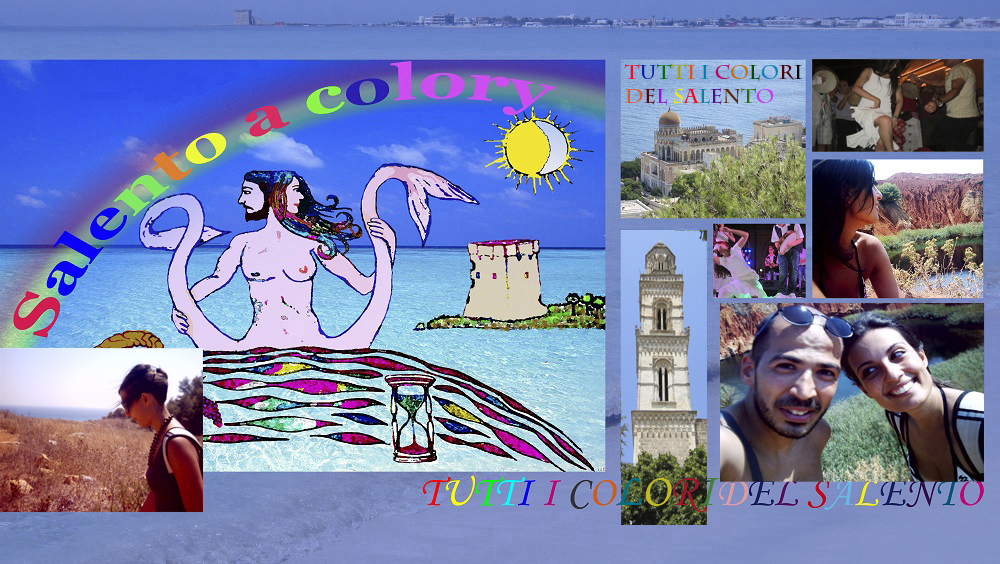
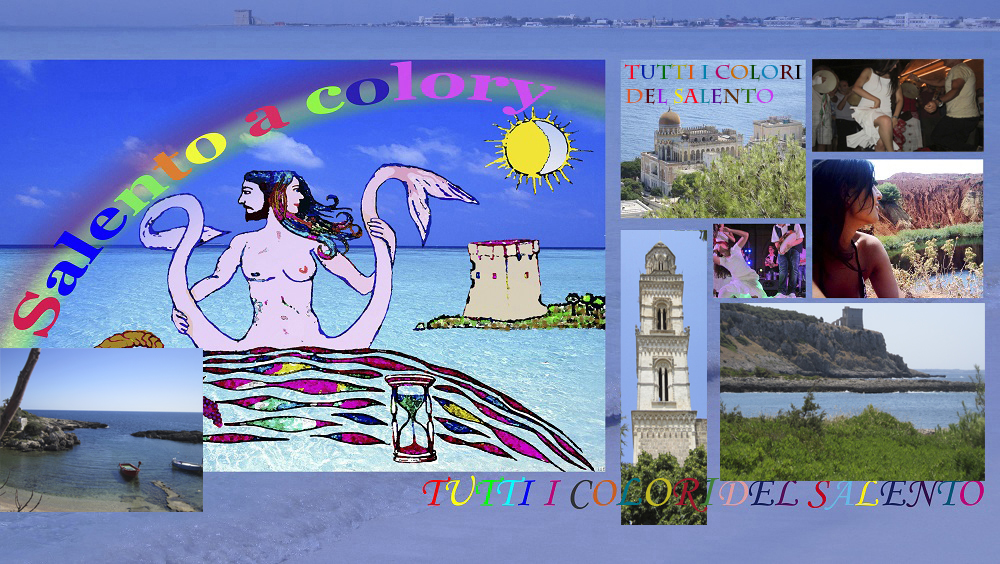
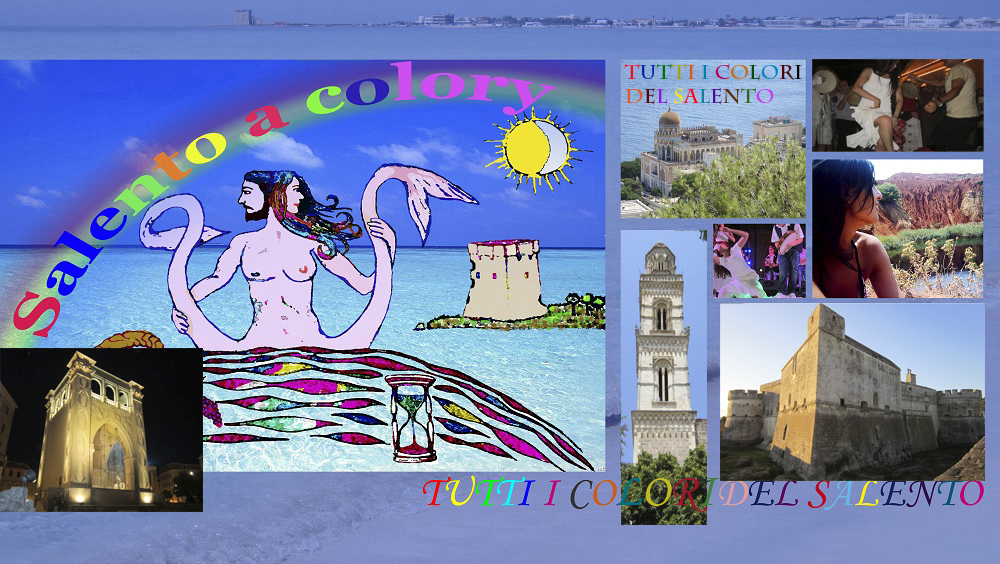
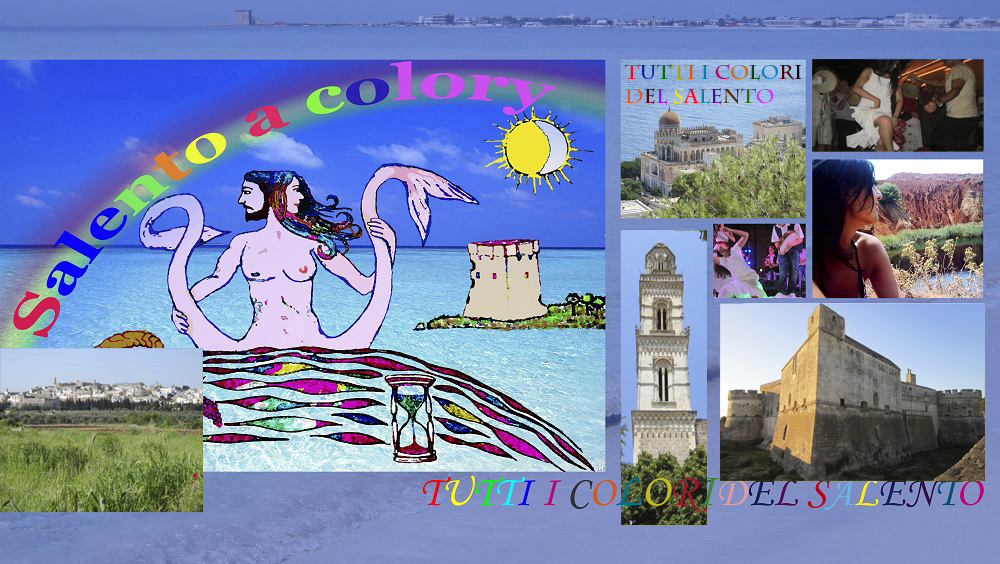
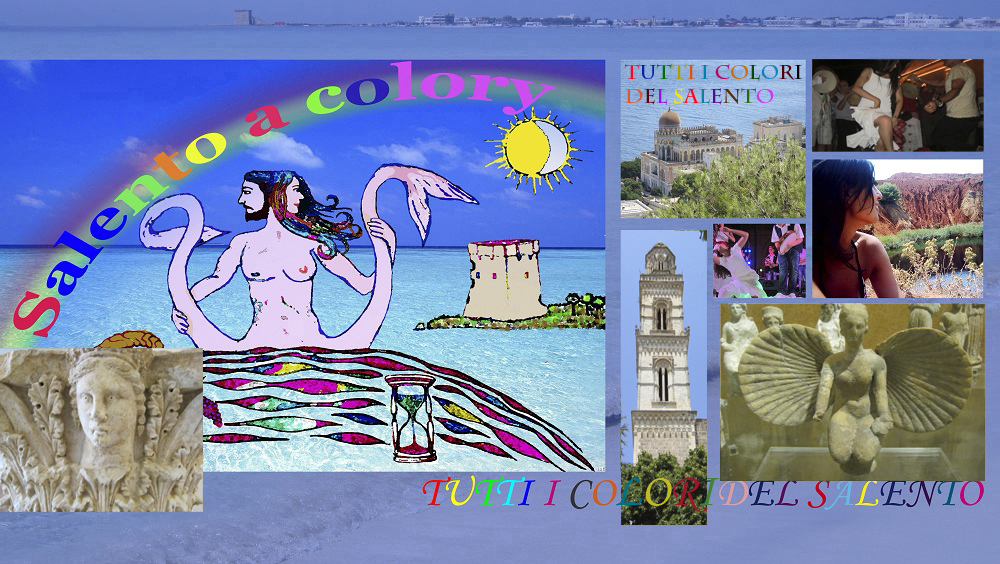
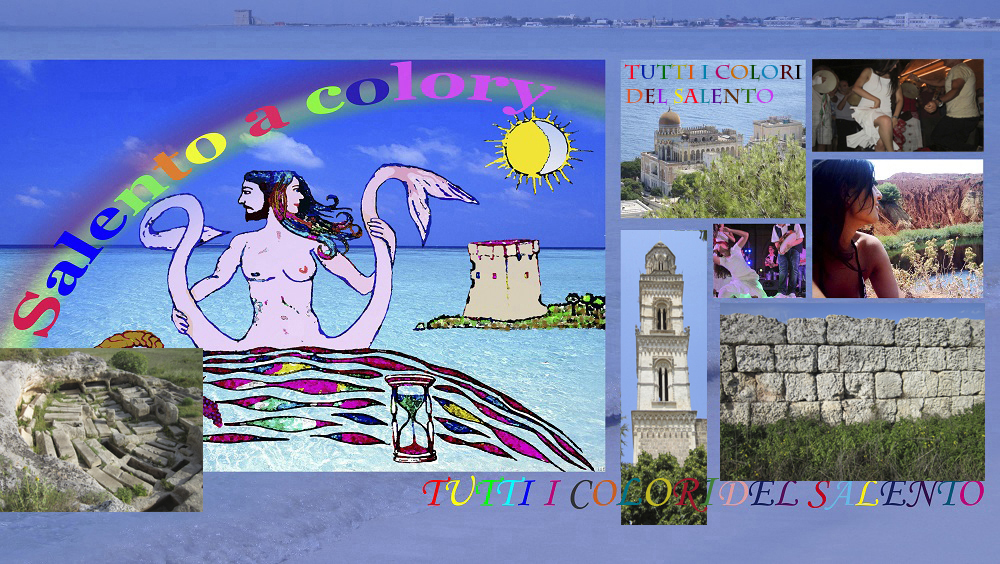
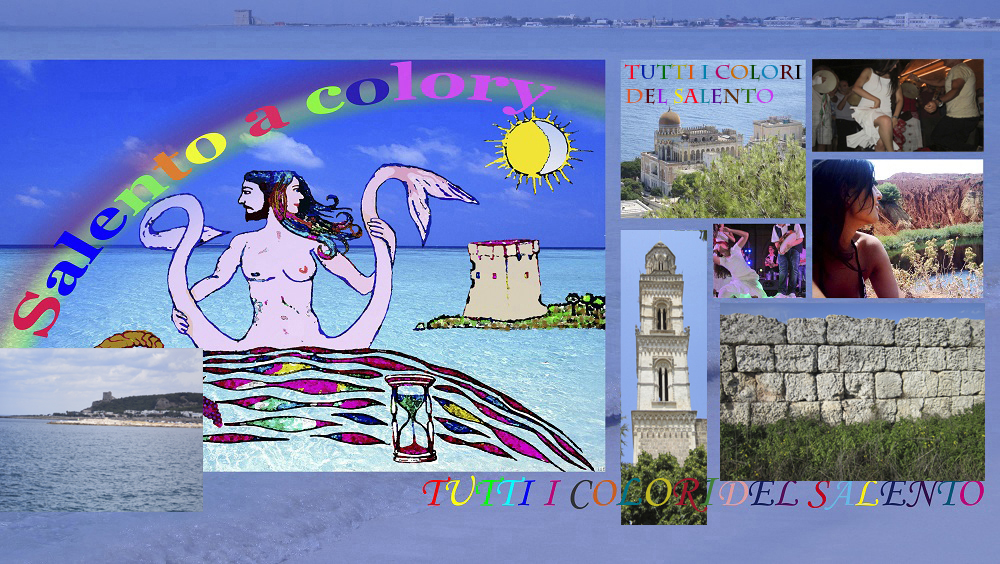
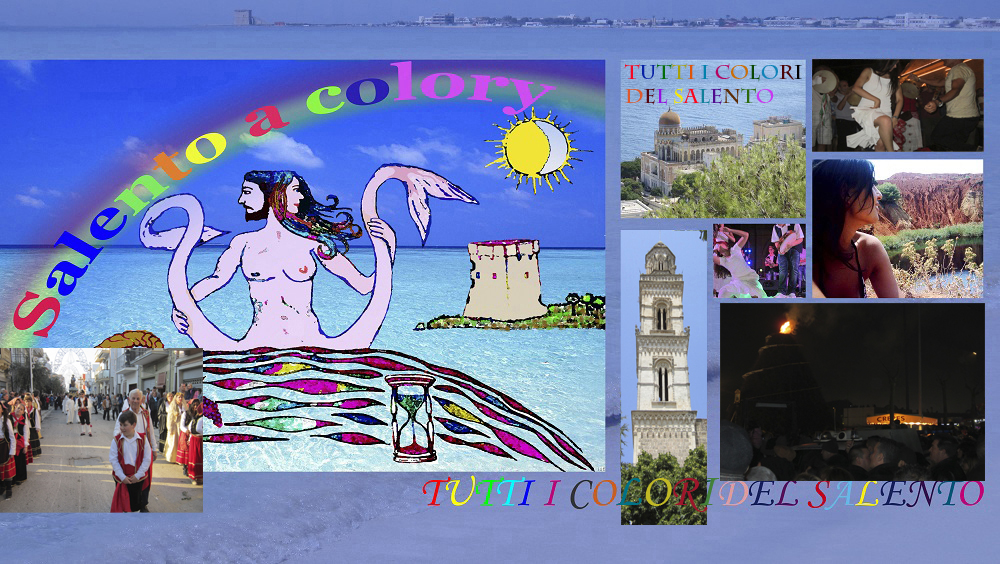
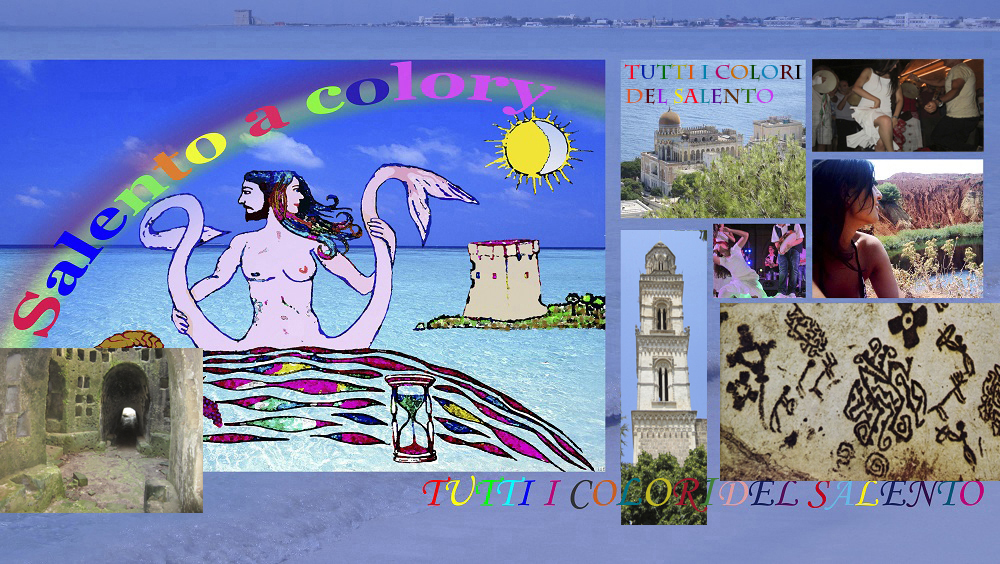
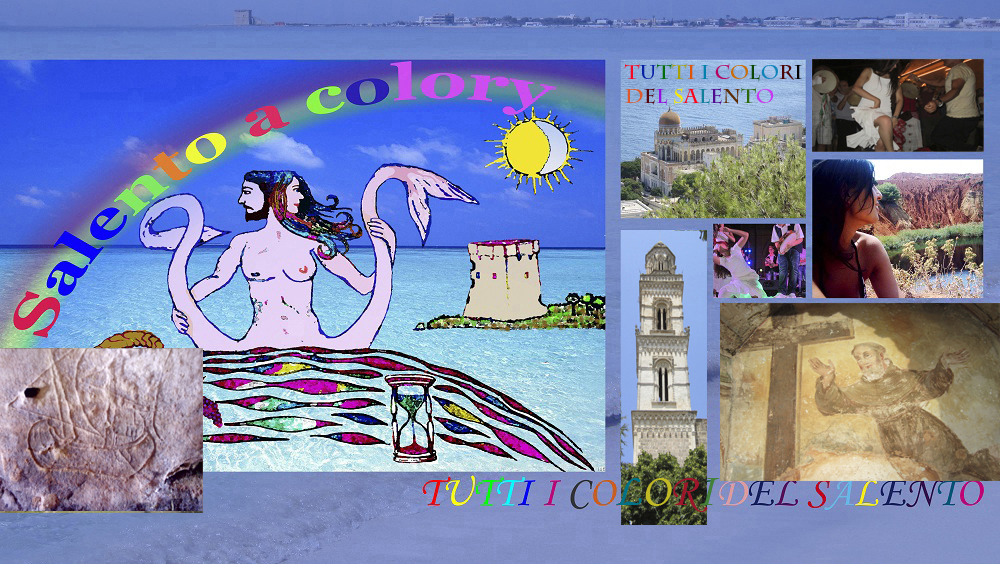
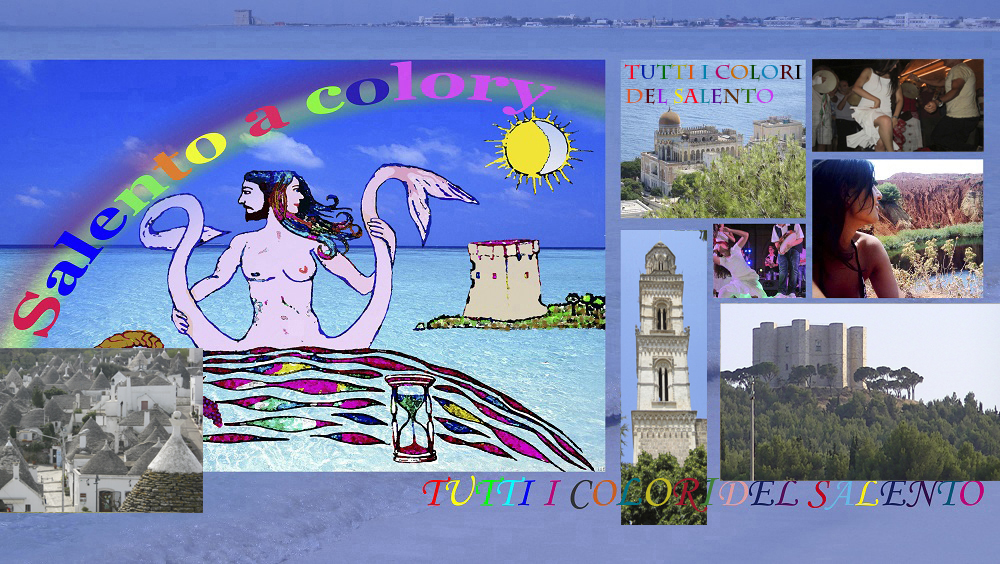

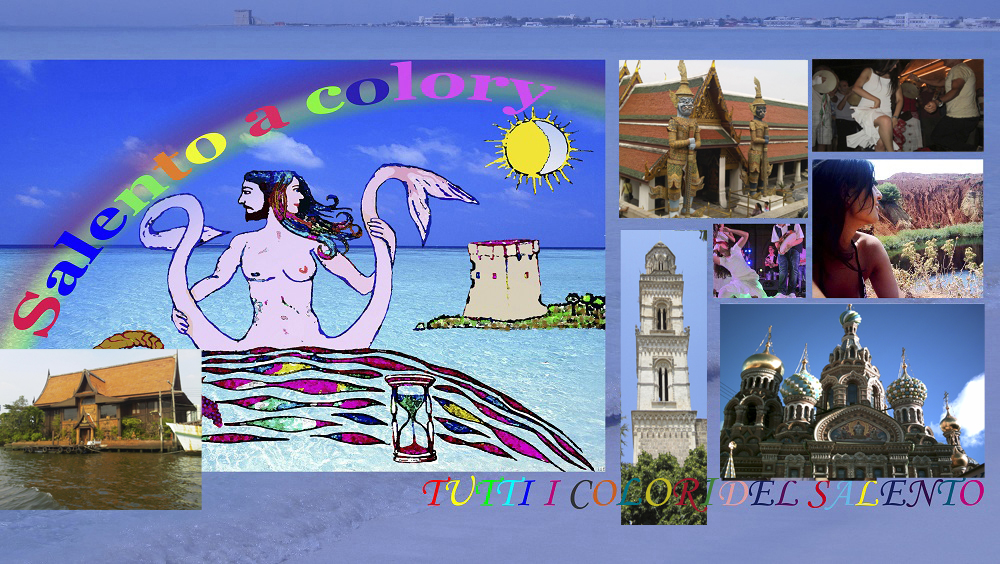

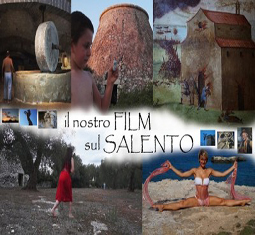
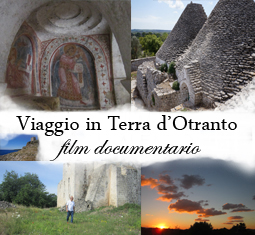










































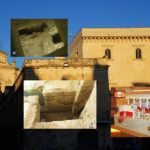


Leave a reply